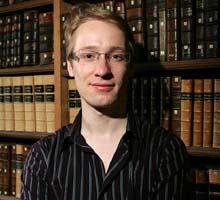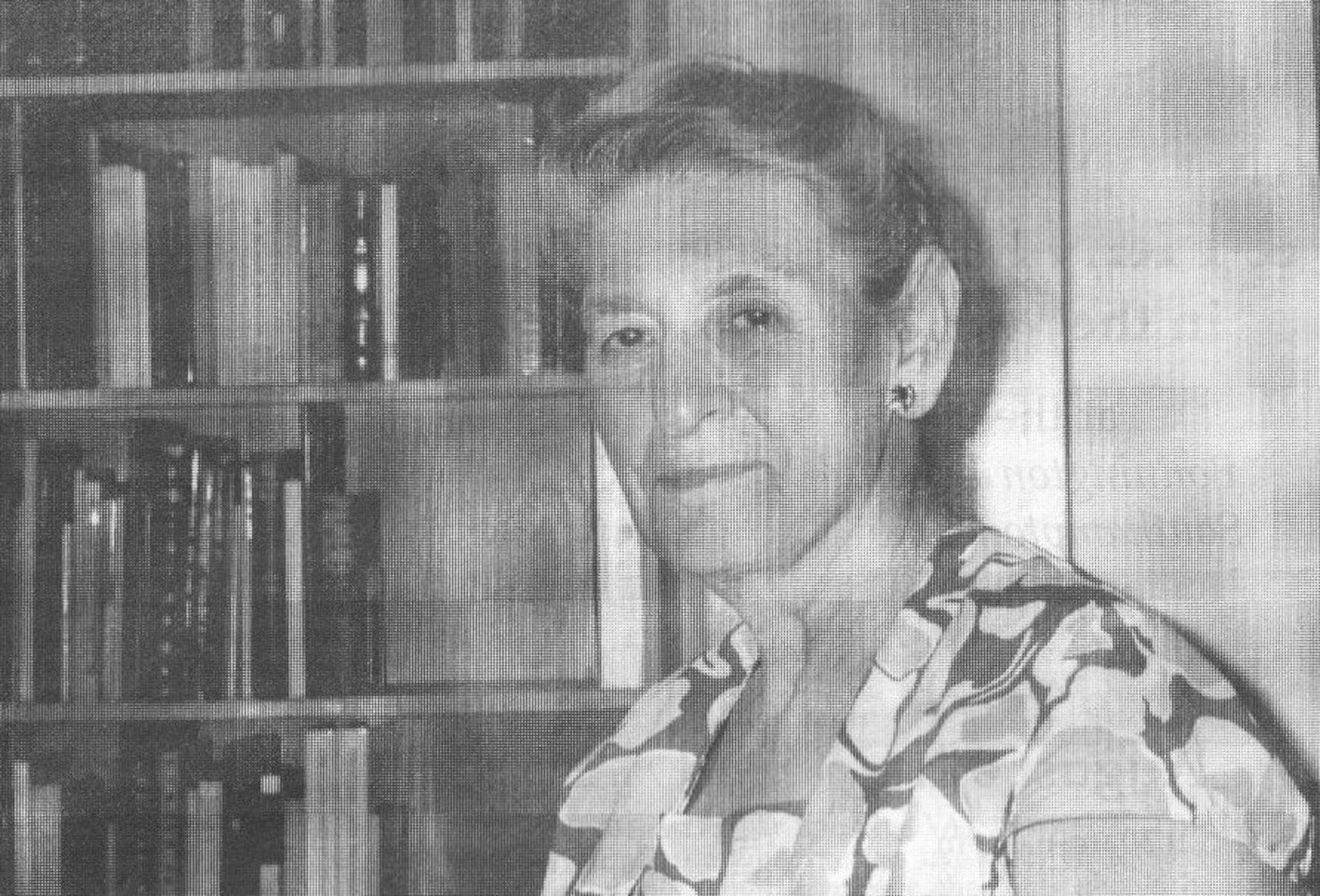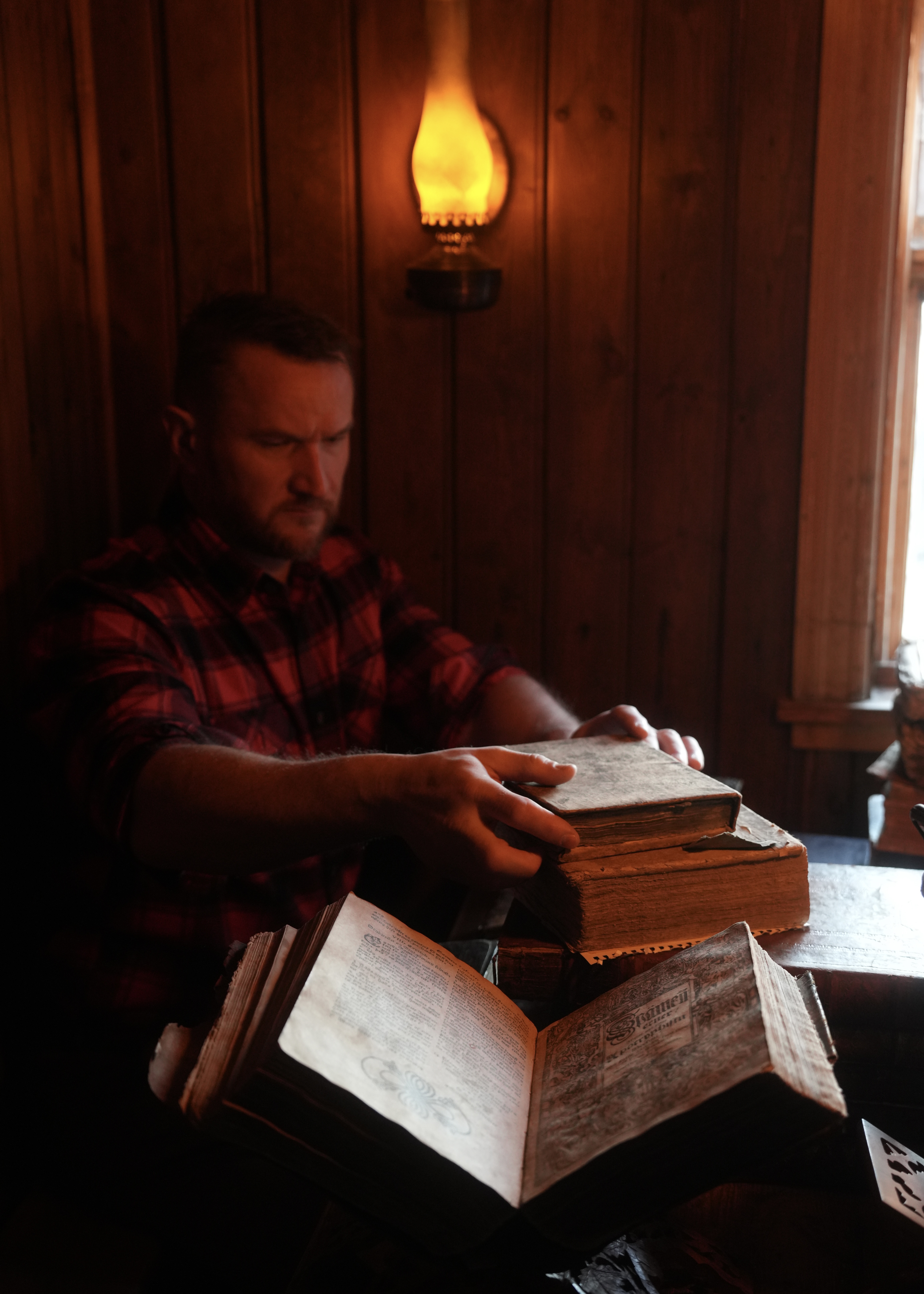The Book Collectors
Great booksellers are the key to being a great collector
- Lars Forsberg
Lars Forsberg
Collecting requires a certain skill in bringing items together in a meaningful way.
David J. Hall
My collecting was dictated by how much money was left over each month after the mortgage and the gas bill had been paid. I’ve never spent more than £500 on a book.
Anthony Surtees
Perhaps the most irritating thing a bookseller can say to a collector is, ‘I had a copy, but it sold last week’.
David Lewis
If I could buy a copy of the Kelmscott Chaucer on vellum, I would be like a sleepy labrador, lie down in front of the fire, and go to sleep as far as book collecting is concerned.
Eric Mouillefarine
The French Revolution is a particularly interesting period for the study of ex-libris. Many noble families with armorial ex-libris revised the design to reduce the risk of unwanted attention during the revolutionary period.
Toshiyuki Takamiya
I remember my youthful fascination with leather-bound books. There was something about their weight and smell that was so different from Chinese and Japanese bindings. I used to dream about owning leather books and being able to touch, smell and possess them.
Jack Lunzer
If anyone wanted to start collecting Hebrew books today, I would advise them to concentrate on places of printing that have been ignored – Eastern Europe and Russia in the eighteenth and nineteenth centuries, or perhaps Constantinople and Salonika in the same period.
Jeremy Miles
I have a very strong view that bookshops should be supported, and I refuse to purchase books on the internet.
Michael L. VanBlaricum
Sometimes I wonder what novels Ian Fleming might have written or what changes he would have made to his existing work if he had not been bound by the Official Secrets Act.
David Singmaster
The fascination with mechanical puzzles and recreational mathematics is as old as human civilisation. Since time immemorial, problems have been presented in fanciful settings to make mathematical concepts more easily intelligible. The first book to use recreational mathematics in the title dates from 1624.
David Butterfield
I particularly like association copies, letters, and marginalia – not least, for the potential they offer of finding information nowhere else recorded.
Otto R.Norland
My lifelong interest in polar exploration began in 1938 when my grandmother gave me a Norwegian edition of Fridtjof Nansen’s Farthest North. I was eight years old, and the book inspired my desire for a life of challenge and adventure.
Manfred Flynn Kuhnert
When it comes to bookshops, it’s all about the people. I believe that bookselling works best in person, especially if the customer is made to feel part of a community of like-minded people.
Robin Myers
Now that I had decided that I wanted to collect books, I cast around for a subject, which is not the way to do it. One should start out with a burning interest in something.
George Mandl
I’ve been sending books to authors to inscribe them for many years. Most inscribe very easily and courteously, although some are more reluctant. Anything sent to John Masefield came back unsigned. E.M.Forster would only inscribe copies to friends. Romain Rolland never replied, but I later had the satisfaction of buying the final chapter of Jean-Christophe in manuscript.
Diana Scarisbrick
Any success that I have enjoyed as a jewellery historian has been entirely due to the quality of my book collection.
John Wolfson
H.P. Kraus asked me how many Shakespeare Quartos I owned - a pretty vicious question to ask a young collector, given the rarity of those books and their ephemeral nature. I told him that I only owned Pericles and Two Noble Kinsmen, the two plays that are not in the First Folio. That was the end of that conversation.
Eyþór Guðmundsson
As a collector of Icelandic books, I feel like a custodian who is responsible for passing them on to the next generation in good condition. Preservation is at the heart of my interest in old books, and so I taught myself the craft of bookbinding.

















